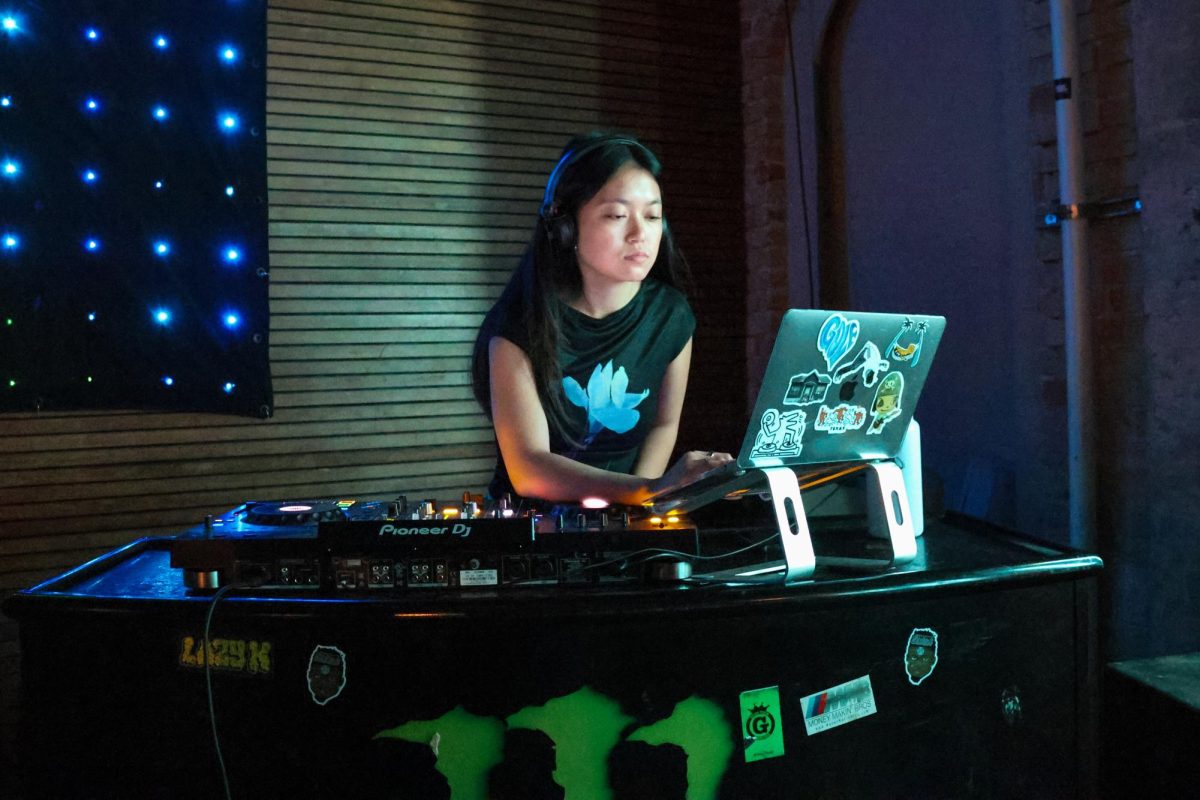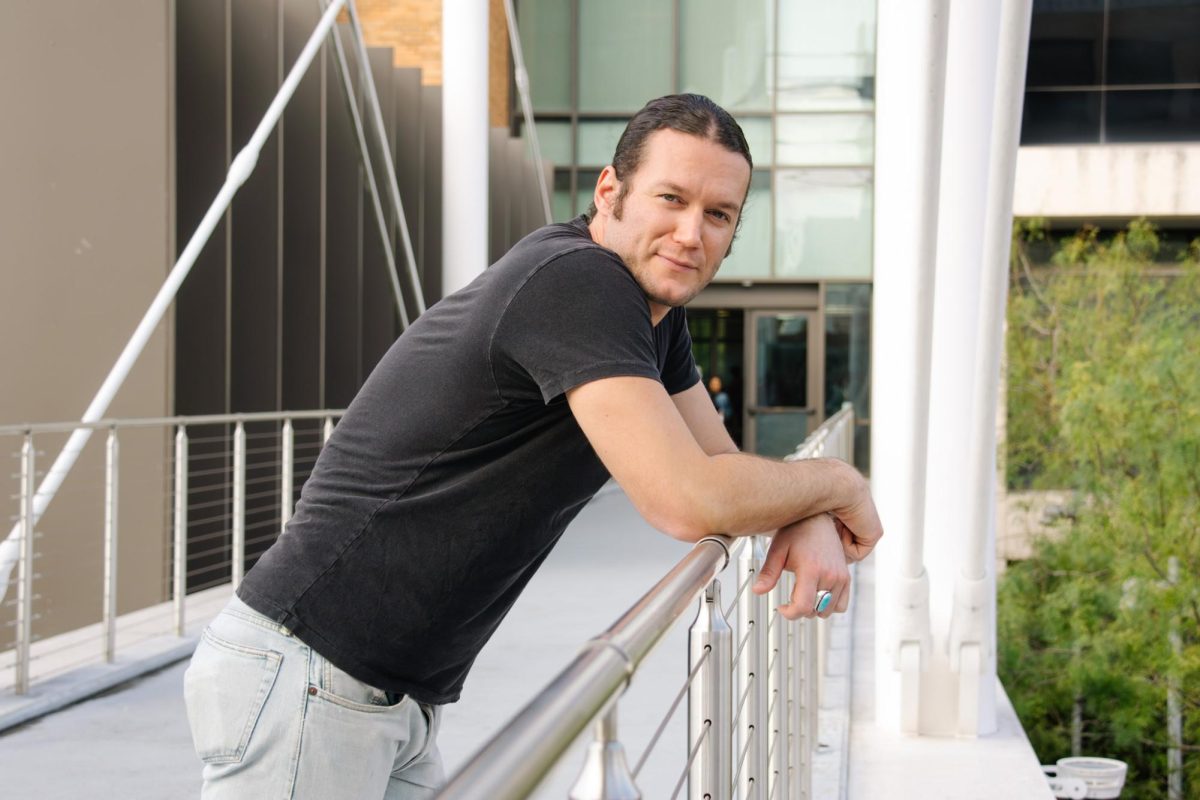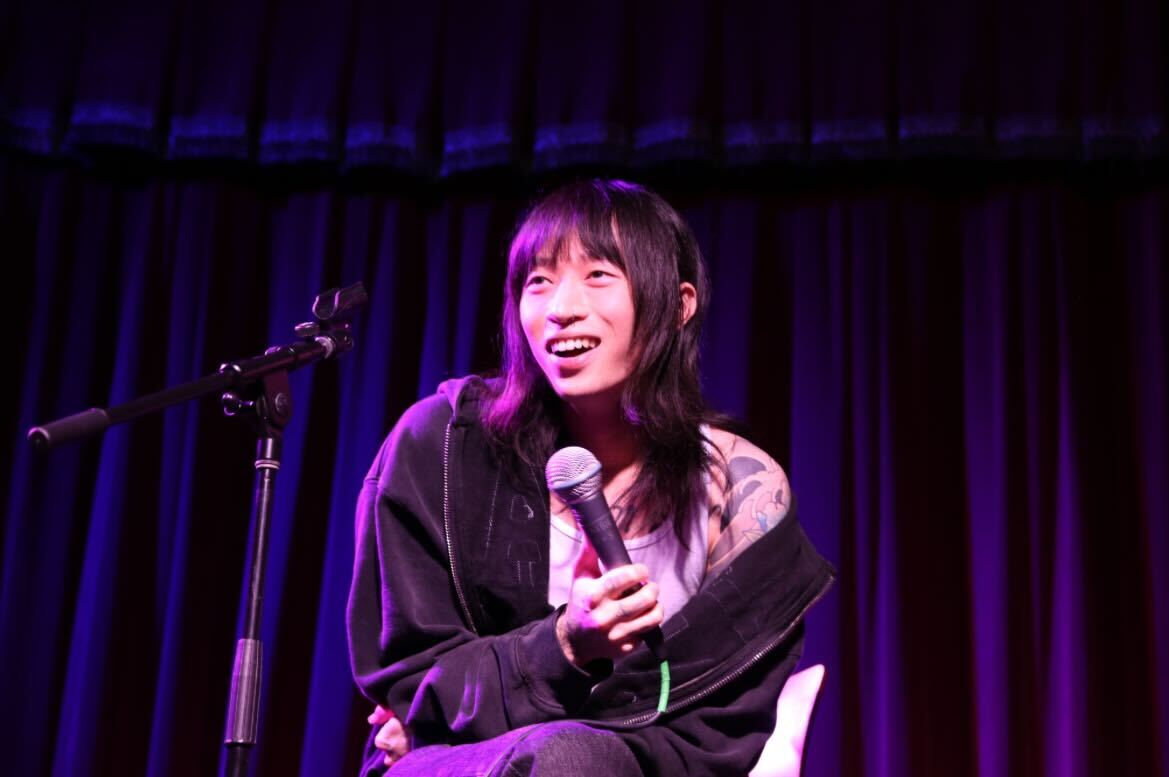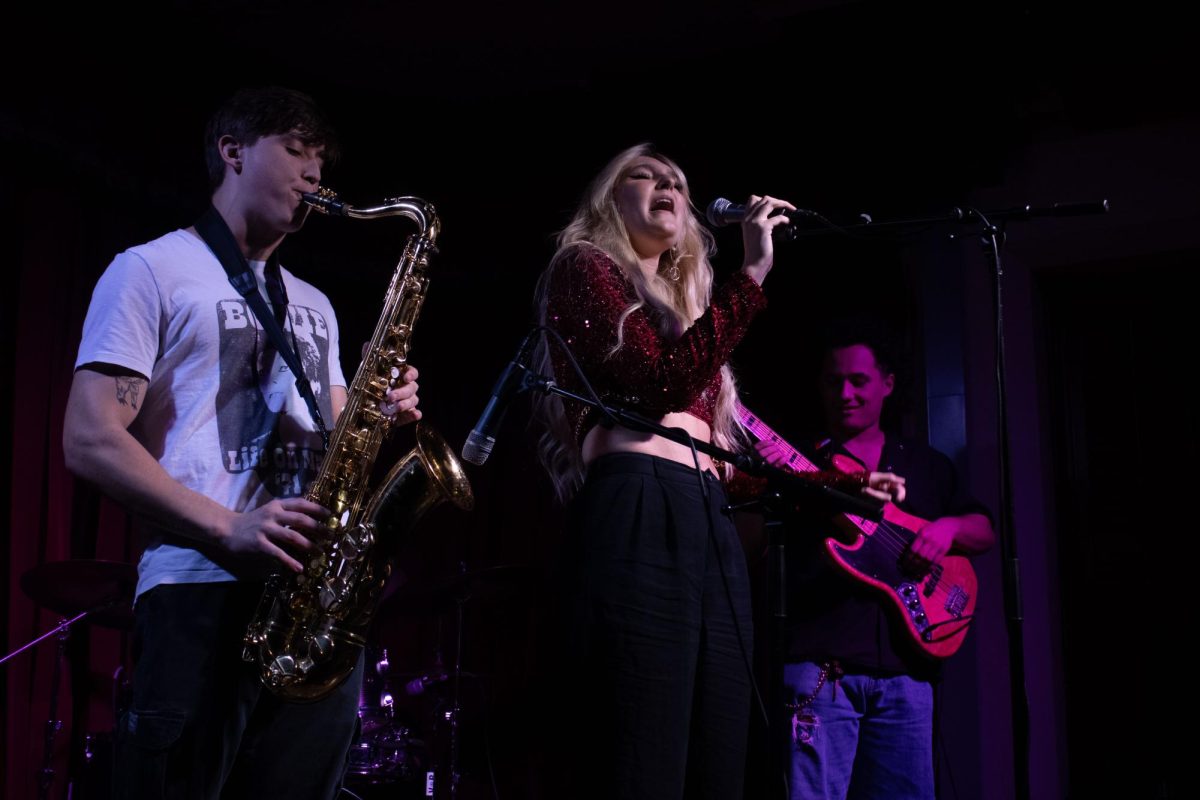In August 1959, Columbia Records released Miles Davis’ groundbreaking jazz album Kind of Blue. The album, which went quadruple platinum in sales and has heavily influenced the jazz scene for decades, also happens to be one of the reasons Austin musician Ephraim Owens became interested in jazz.
Owens is one of the crown jewels of the Austin music scene, but you wouldn’t know that after a conversation with him. On a chilly and rain-soaked Wednesday night in downtown Austin, the incredibly humble Owens spoke with The Daily Texan about his outlook on the city’s jazz scene. He shared his thoughts in between sets at The Elephant Room, near the corner of 3rd Street and Congress Avenue.
“Been playing since I was 8, man,” Owens said. “Since I was 8 years old, since third grade. But I always played classical stuff, you know? It was Hargrove, though. He changed my life.”
He was referring to Roy Hargrove, a jazz trumpeter like himself, who garnered two Grammy Awards and happened to attend the same high school — Booker T. Washington High School for the Performing and Visual Arts in Dallas — at around the same time Owens did.
Wednesday night Owens was relaxed. He was working on what he calls his “trio” — three drinks he has throughout the night that include a couple of shots of Patron and water poured over ice — a sort of ritual when he’s downtown playing at the clubs. And though he can be seen in the dim recesses of The Elephant Room from time to time, sipping on his drink and looking over sheet music, the man is focused when he takes the stage to the sounds of applause and excited murmurs of club-goers seated below him.
Near the end of his first set, Owens and his quartet, missing a saxophone player Wednesday, played pianist Richard Harney’s composition “Point Is,” a steamy and feverish piece that had club-goers’ heads bobbing. Owens, who said afterward that the hardest part about getting onstage is feeling out the vibe of the crowd, had a slight smirk as he began to play.
“Austin’s been good to me,” he said outside the club later, as a passerby came up to him and thanked him for his music. “I’ve been to other cities — San Francisco, Seattle — and yeah, they were cool. But this is the haven, you know? This is where it’s at.”
Owens mentioned Davis’ Kind of Blue as a sort of impetus for getting into jazz music, as well as Hargrove’s and late trumpeter Chet Baker’s music. Owens momentarily gazed at his reflection in a store window before saying, “And Blue Train. Coltrane, Blue Train."
Piping-hot album. But Hargrove, I connect with everything Roy Hargrove does. I connect to his sound, with his attitude.”
The group sealed the deal at about 2 a.m. with Freddie Hubbard’s “Red Clay,” a smoky, sensual song so completely structured and complicated that it first seems like improvisation to the untrained ear. As the last note of the phrase held out and then lilted away, the room — lit by red candleholders reminiscent of an old New York City club — became silent for a second. Owens said a brief thank you, and the crowd applauded.
“I’m just flattered people want to come out and see what we do,” he said with a smile as he re-tied a scarf around his neck and threw on his jacket.
The night was done, and the club-goers spilled out into downtown’s misty, cool streets. Another night on the stage for Owens was over.











